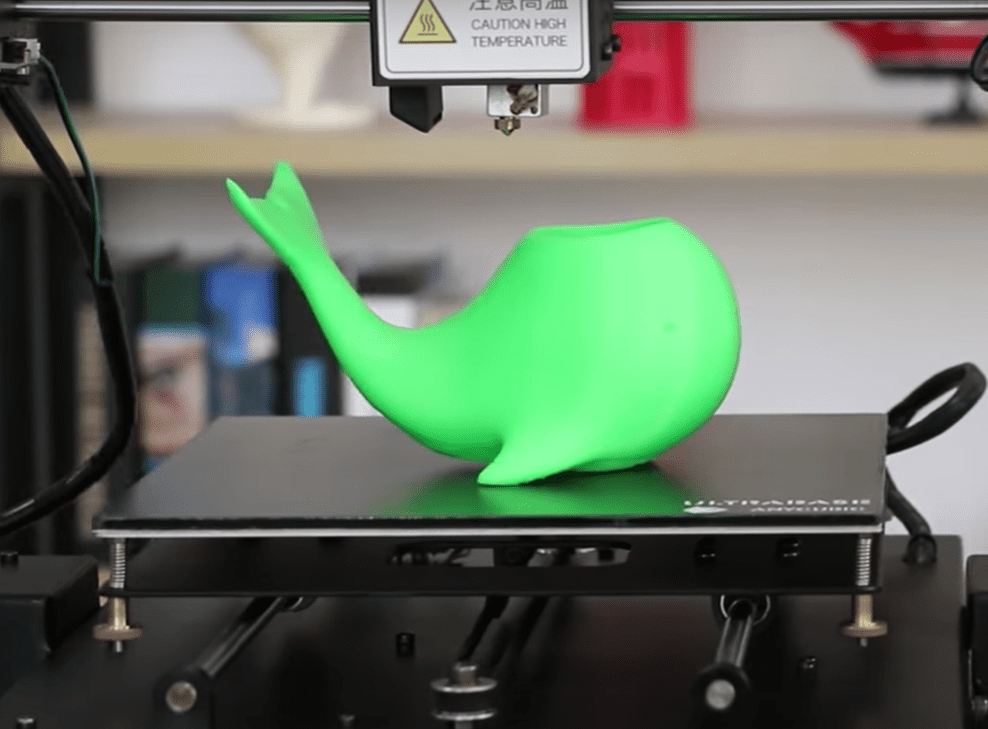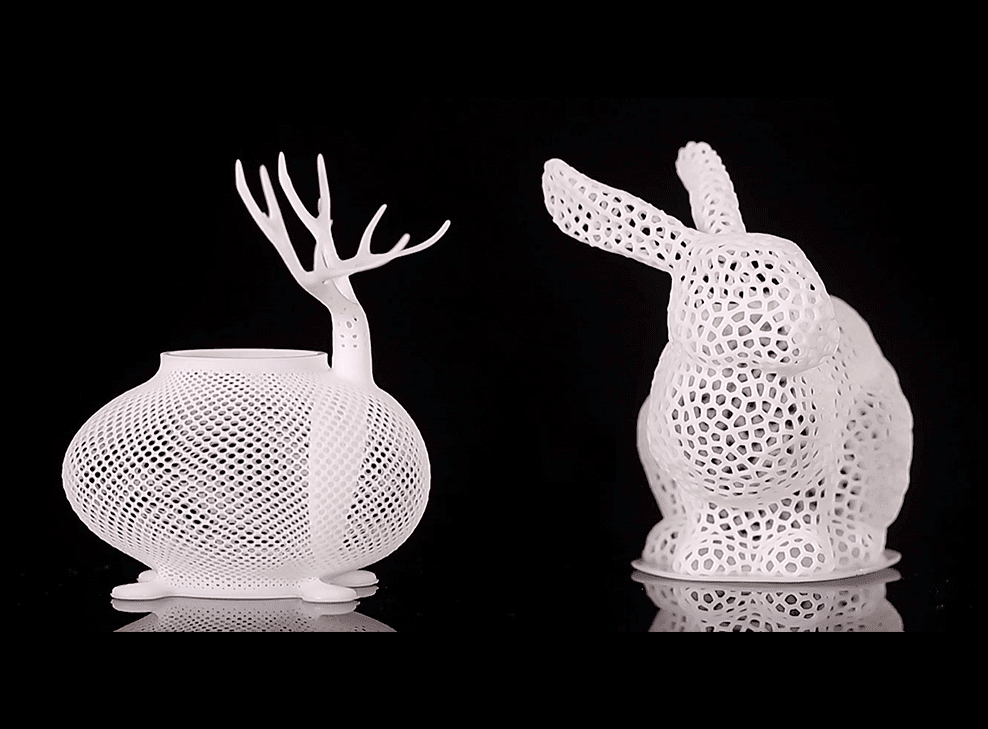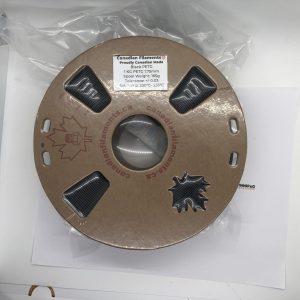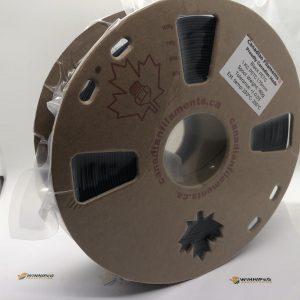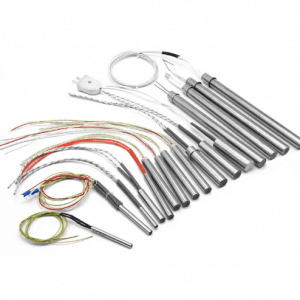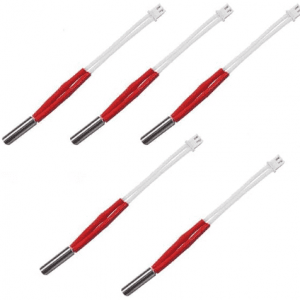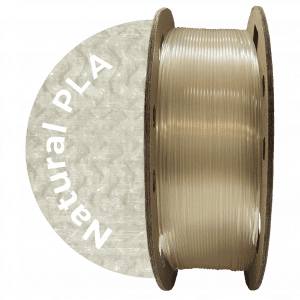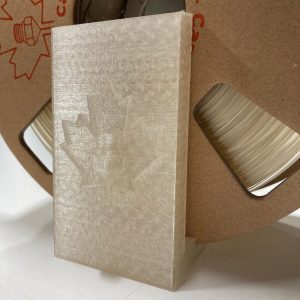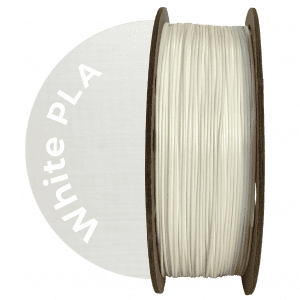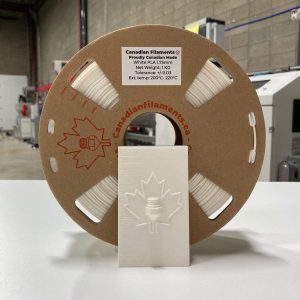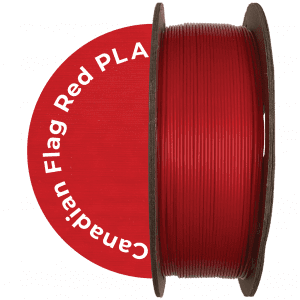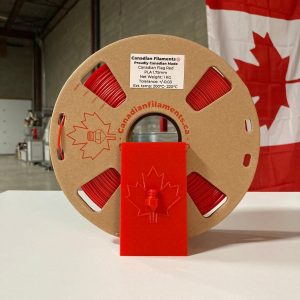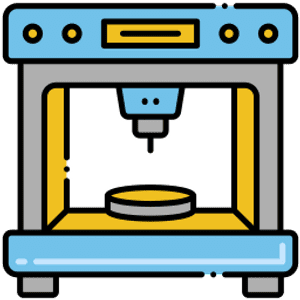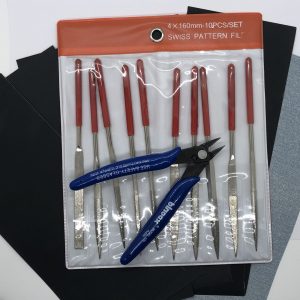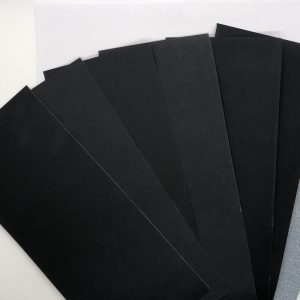3D Printing Service in Canada, Winnipeg
We manufacture high-quality, competitively-priced custom prototypes & production parts. Upload an image file for an instant 3D printing quote. Canada’s most advanced 3D printing & additive manufacturing facility, resins, and metals for prototypes & end-use parts.
By using our Winnipeg Prototyping 3D Printing Service, you agree to submit only allowed items for printing and to refrain from requesting any prohibited items, ensuring adherence to all applicable safety, legal, and ethical guidelines.




 Click here to upload or drag and drop your model to the canvas.
Click here to upload or drag and drop your model to the canvas.
The model is too large and has been resized to fit in the printer’s build tray. [Hide]
The model is too large to fit in the printer’s build tray. [Hide]
The model is too large, a fitting printer is selected. [Hide]
The model is too small and has been upscaled. [Hide]
Warning: The selected printer can not print in full color [Hide]
Warning: obj models with multiple meshes are not yet supported [Hide]
Warning: Unsupported DXF entity [Hide]
Warning: could not arrange models [Hide]
 X:
×
Y:
×
Z:
cm
X:
×
Y:
×
Z:
cm
Bright is higher
Height (mm)



Model Stats:
| Material Volume: |
 cm3
cm3 |
| Support Material Volume: |
 cm3
cm3 |
| Box Volume: | cm3 |
| Surface Area: | cm2 |
| Model Weight: |
 g
g |
| Model Dimensions: |

x x
cm
|
| Number of Polygons: | |
| Number of Shapes: | |
| Total Path: |
 cm
cm |
| Print Time (hh:mm:ss): |

|
We have Black, Gray, Transparent, and White colors in stock at any time. If you interested in a different color we will order it free of charge and have the print ready as soon as possible.
We can provide past turnaround time passing your order to production within 24hrs after the order is placed.
You can add additional notes at the checkout. (ex Color, special instructions for 3D printing)
Allowed file types: stl,obj,stp,step
Got Multiple files? Try Here!
Incl. Support Charges:
FDM 3D Printing Service
At Winnipeg Prototyping, We have 10 FDM 3D printers ready for your project.
ANYCUBIC Chiron
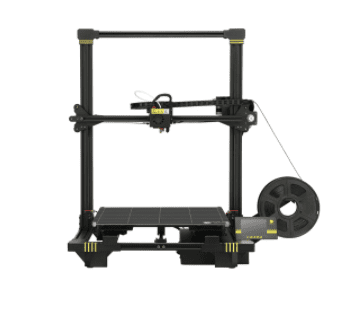
| Printing Technology | FDM (Fused Deposition Modeling) | ||
| Larger Build Area | 400mm * 400mm * 450 mm | ||
| Print Materials | PLA, ABS, PETG, TPU | ||
| Layer Resolution | 0.05-0.3 mm | ||
| Nozzle Diameter | 0.4 mm |
ANYCUBIC i3 Mega

| Printing Technology | FDM (Fused Deposition Modeling) | ||
| Build Area | 8.27”x8.27”x8.07” (210x210x205mm) | ||
| Print Materials | PLA, ABS, PETG | ||
| Layer Resolution | 0.05-0.3 mm | ||
| Nozzle Diameter | 0.4 mm/1.75 mm |
ANYCUBIC Kossel Plus

| Printing Technology | FDM (Fused Deposition Modeling) | ||
| Build Area | 230(D)x300(H)mm | ||
| Print Materials | PLA, ABS | ||
| Layer Resolution | 0.1-0.4 mm | ||
| Nozzle Diameter | 0.4 mm |
Materials
At Winnipeg Prototyping, we’re all about bringing your ideas to life with a wide range of 3D printing materials. Let’s dive into the materials we support and their unique uses, max temperatures, and some fun facts to keep things interesting!
ABS (Acrylonitrile Butadiene Styrene)
- Uses: Ideal for creating durable parts that need to withstand higher temperatures, ABS is commonly used in automotive parts, toys (like LEGO), and electronic housings.
- Max Temperature: ABS can withstand temperatures up to approximately 105°C (221°F).
- Fun Fact: Did you know ABS is the material used to make LEGO bricks? This is why LEGO models are so tough and durable!
Nylon (Polyamide)
- Uses: Known for its strength, flexibility, and resistance to wear and tear, Nylon is perfect for functional prototypes and mechanical parts like gears and hinges.
- Max Temperature: Nylon can handle up to 80°C (176°F), but with special formulations, it can go even higher.
- Fun Fact: Nylon was originally developed as a synthetic replacement for silk, and now it’s used in everything from parachutes to your 3D printed parts!
PC (Polycarbonate)
- Uses: PC is used for parts that require superior strength and toughness, such as bulletproof glass alternatives, protective gear, and high-strength functional components.
- Max Temperature: Polycarbonate can withstand temperatures up to 135°C (275°F).
- Fun Fact: Polycarbonate is so tough that it’s used in astronaut helmet visors. If it’s good enough for space, it’s good enough for your project!
PETG (Polyethylene Terephthalate Glycol)
- Uses: A great material for both aesthetic and functional parts, PETG offers clarity, strength, and excellent moisture resistance, making it ideal for containers, protective components, and outdoor applications.
- Max Temperature: PETG can withstand up to about 80°C (176°F).
- Fun Fact: PETG is a close relative to the plastic used in water bottles, but with a glycol modification, it’s made even more durable and less brittle.
PLA (Polylactic Acid)
- Uses: The go-to material for rapid prototyping and decorative items due to its ease of use and variety of colors. PLA is biodegradable and perfect for non-functional models and educational tools.
- Max Temperature: PLA can withstand temperatures up to about 60°C (140°F).
- Fun Fact: PLA is derived from renewable resources like corn starch or sugar cane, making it the eco-warrior of 3D printing materials!
TPU (Thermoplastic Polyurethane)
- Uses: TPU is flexible, durable, and resistant to oils and greases, making it perfect for phone cases, flexible joints, and seals.
- Max Temperature: TPU can endure up to 80°C (176°F).
- Fun Fact: TPU is so versatile that it’s used in everything from inflatable rafts to ski boots. Imagine the flexibility and strength it can bring to your 3D printed parts!
Whether you’re looking to create durable, functional parts or eye-catching prototypes, we’ve got the material to meet your needs. And remember, if you’re ever in doubt about which material to use, just think about LEGO bricks and their indestructibility – that’s the power of choosing the right material for the job!
Resin 3D Printing Service
We have two Resin 3D printers. These are great for projects that need smooth high-resolution finishing.
Orange 10 LCD 3D Printer
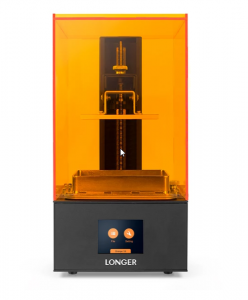
| Printing Technology | LCD |
| Printed Volume | 98*55*140mm |
| Layer Thickness | 0.02-0.1mm |
| LCD Resolution | 854*480, 115µm |
| Z Axis Resolution | 10µm |
| Printing Speed | up to 30mm/h |
| Lighting Sources | UV Matrix 405nm LED |
LD-002H UV Resin 3D Printer
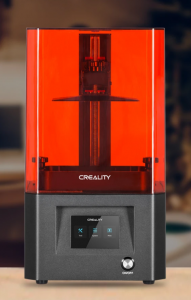
| Molding Tech | LCD |
| Print size | 221 *221 *403mm |
| Print speed | 1 —4s/layer |
| XY axis precision | 0.051mm |
| Uplift speed | 50-200mm/min |
| Layer height | 0.03-0.05mm |
| Light source configuration | UV integrated lamp beads (the wavelength is 405nm) |
Materials
UV curable resin
Prohibited Items for 3D Printing
-
Weapons and Weapon Parts: Including but not limited to firearms, knives, blades, and any components that can be assembled into a weapon. This also encompasses any parts that could modify a weapon to make it more dangerous.
-
Hazardous Materials: Objects designed to contain or deliver materials that are flammable, explosive, toxic, or otherwise hazardous under normal handling conditions.
-
Drug Paraphernalia: Any items that are intended for use in consuming drugs, such as bongs, pipes, or other devices.
-
Regulated Items: Items that are subject to government regulations, including medical devices, safety equipment (e.g., helmets, seatbelts), and automotive parts, unless produced under appropriate regulatory oversight and compliance.
-
Copyrighted, Trademarked, or Patent-Protected Items: Replicas or parts of items that are protected by intellectual property laws, without explicit permission from the copyright or patent holders.
-
Obscene or Offensive Materials: Items that contain hateful, obscene, or offensive symbols or language, including items that promote discrimination, hate crimes, or other harmful activities.
-
Security Bypass Tools: Lock picks, master keys, or any other tools designed to gain unauthorized access to locked or secure areas.
-
Counterfeit Items: Copies of currency, badges, official documents, or any other items that could be used for fraudulent purposes.
-
Invasive Surveillance Equipment: Parts for devices intended for unauthorized surveillance or privacy invasion, including components for hidden cameras or audio recorders.
-
Items That Violate Privacy: Items designed to be used for stalking or spying on individuals without their consent.
-
Endangered Species Replicas: Replicas of items made from materials of endangered species, such as ivory, without clear educational or scientific purpose and appropriate permissions.
-
Aerospace Components: Parts for aircraft, drones, or other aerospace applications that require specific safety certifications.
-
Critical Infrastructure Components: Parts for utilities or public infrastructure that could pose a risk if they fail, unless produced under appropriate oversight.
-
Items Encouraging Illegal Activity: Any objects that promote illegal activities or could be used directly in the commission of a crime.
-
High-Precision Tools: Tools that could be used to create prohibited items, such as molds for weapons or parts of illegal devices.
3D printing Services
-
3D printing
Instant Quote – Online 3
$1.00 Select options This product has multiple variants. The options may be chosen on the product page

